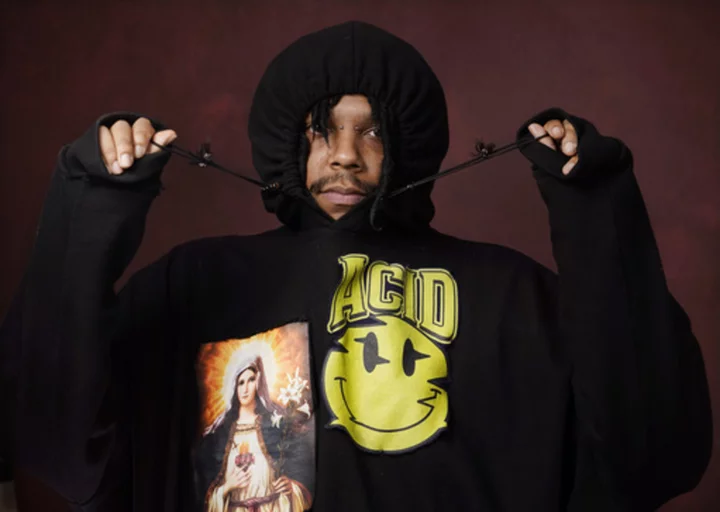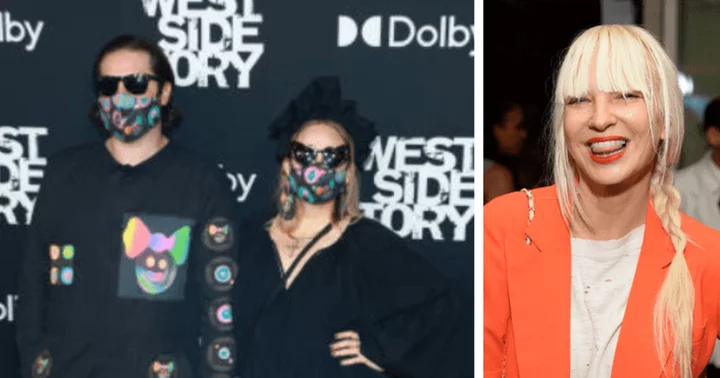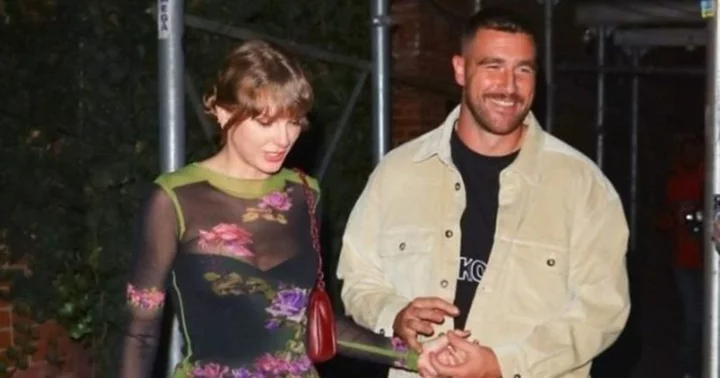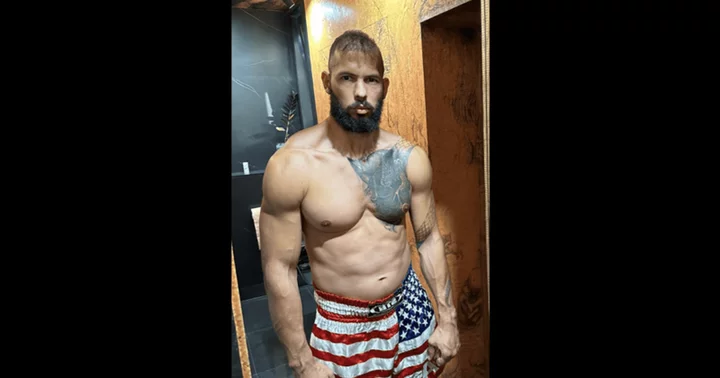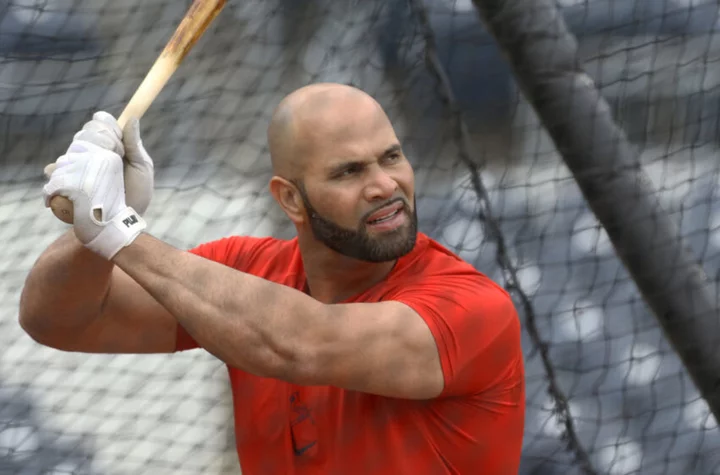LOS ANGELES (AP) — Jean Dawson is an open book. Onstage, the eccentric performer takes control as he bounces around, full of energy with vulnerable lyricism and experimental sound. In person, he’s charming and introspective, sitting across with a tight sweatshirt hoodie pulled over his head and his hair falling over his eyes as he speaks in metaphors and long anecdotes about his latest projects, fame, cultural identity and more.
Since the release of his 2019 mixtape, “Bad Sports,” Dawson has created music that seamlessly ebbs and flows from one genre to the next, ranging from rap to punk to folk and abstract hip-hop, with relatable lyrics that take on topics like mental health and hypermasculinity.
This year, he's unveiling a new body of work that allow fans to see three different, “hyper-aestheticized” parts of himself.
Dawson’s musical trilogy is divided into three chapters, each with its own unique character. The first, ”‘XCAPE,’ PT. 1 JEAN DAWSON AS PHOENIX’” was released in May and features two upbeat singles that reel in listeners with an emergent sound that still has a touch of early emo punk nostalgia.
“I am nothing but a myth/I fool everyone, burn everything I ever touch/I live life on the fringe/Dreads cover a golden smile/Gold turns Styrofoam for style,” he sings on “youth+.”
“Phoenix is a character very, very close to what I am already,” Dawson tells The Associated Press. “I’m going to talk too much. I’m going to say too much. I’m going to be overtly vulnerable for no reason because it makes me comfortable, and it makes other people uncomfortable for me to be so vulnerable.”
His second installment, "‘DESTRUCTION FOR DUMMIES’, PT 2 JEAN DAWSON AS 'NIGHTMARE,’” released Aug. 17. It displays a more tender side, with three songs that blend slower tempo elements of pop, rap and rock.
The Nightmare character, Dawson says, “is when I’m feeling a little softer, and I want to whisper for the rest of the day, and I don’t really have all the words that I want to say.”
“You’re always dreaming/Trying to find the meaning/What if there’s no meaning/Why I’m never sleeping,” he sings on “X-Ray.”
The third installment of the project is set to release later this year, featuring a character that Dawson describes as “misunderstood.”
Dawson, 27, is as open and vulnerable in person as he in his music, even when hiding behind a hoodie.
“I just am not afraid to tell people what I know about myself because I’m not afraid of myself,” he says. “I want to be so connected to when I tell somebody, ‘I feel you,’ I’m not lying. I want to have true empathy before I die.”
Dawson who is of mixed Black American and Mexican heritage, says his upbringing — living between the border cities of San Diego and Tijuana — led him to grapple with the meaning of identity at a young age.
“It was hard for me to gather what identity should be. So I chose to adopt none of it,” he said. “I quickly learned that my identity being nothing meant that I could be everything. And that is what made me the musician I am today."
Dawson’s parents had a strong influence on his taste and artistry. His Mexican mother would play Ice Cube and '80s rock in their home, while, in the U.S., his father would frequently listen to Mexican corridos.
“Little did they know that their love for cultures that wasn’t their own would create somebody that lives in the intersection,” said Dawson.
This amalgamation of influences led to Dawson’s innovative genre fusion, from “Bad Sports” to his coming-of-age album “Pixel Bath” in 2020 and his self-reflective 2022 sophomore album, “Chaos Now(asterisk)." His releases have featured other young innovators ranging from Mac DeMarco to A$AP Rocky and Earl Sweatshirt.
Dawson is now embarking on more collaborations as he joins rapper Trippie Redd’s “Take Me Away” arena tour, starting Aug. 31, and opens for Interpol at the Greek Theatre in Los Angeles later this fall, performing for thousands of fans and leaning into the sense of acceptance he feels every time he steps on stage.
But as his career grows, fame is the last thing on his mind. Dawson cares more about connection and knowing that at least one person is able to feel understood through his art.
“If I am a fraction of 1% of something that can make you feel something because I have something to say, then I can leave this earth and be like, ‘You know what? I tried to do my service,'" he said. “And my service was here to be not a pied piper, not to have anybody follow me, not to have anybody think of me highly — just for me to be a friend when somebody needs it.”

